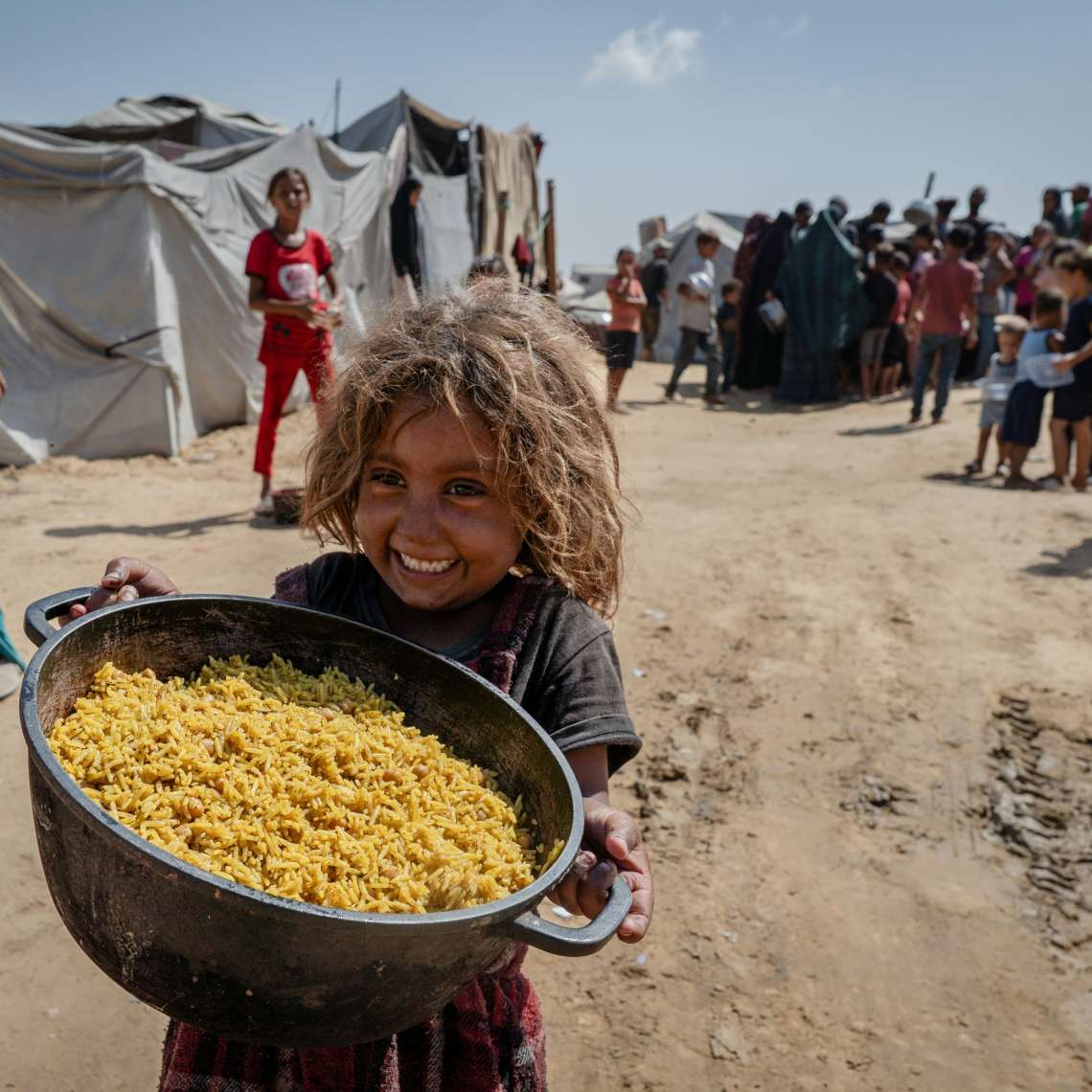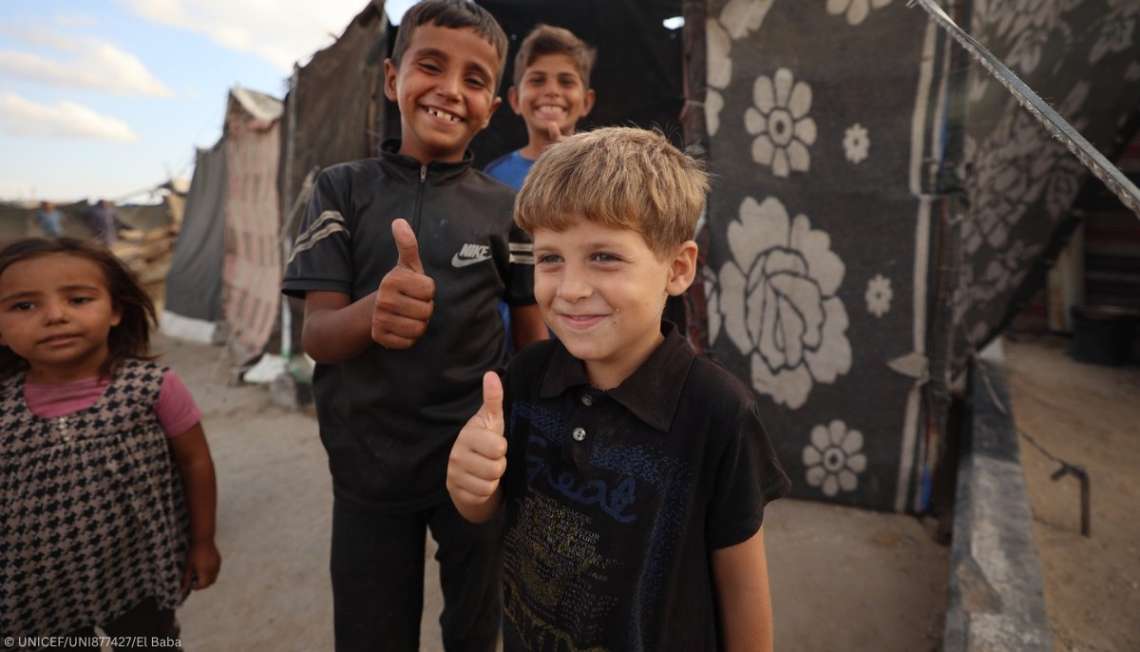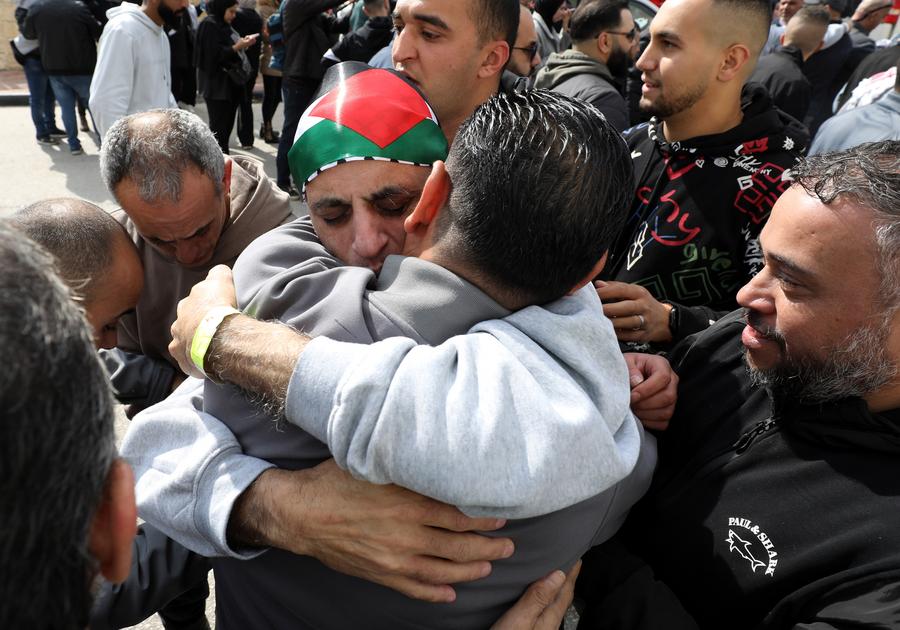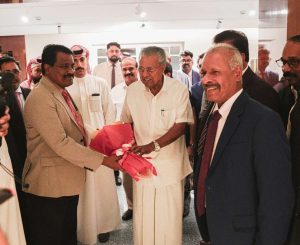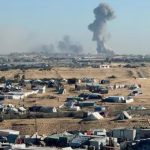Gaza’s aid crisis worsens a week into ceasefire as Israeli delays, logistical restrictions, and political disputes leave thousands without essential food, supplies, and humanitarian support….reports Asian Lite News
Aid flows into Gaza remain dangerously low a week after the ceasefire between Israel and Hamas, leaving thousands of families struggling to access food and essential supplies. At the Kissufim crossing, one of the main entry points for aid trucks, vehicles have been stuck for hours waiting for Israeli clearance.
While 600 aid trucks are meant to enter daily, fewer than 300 have crossed on many days, Al Jazeera reported.
Even at full capacity, the numbers are insufficient to meet urgent humanitarian needs. Restrictions on the quantity and types of goods permitted further limit aid deliveries, with some trucks reportedly returning to Israel empty, it was reported.
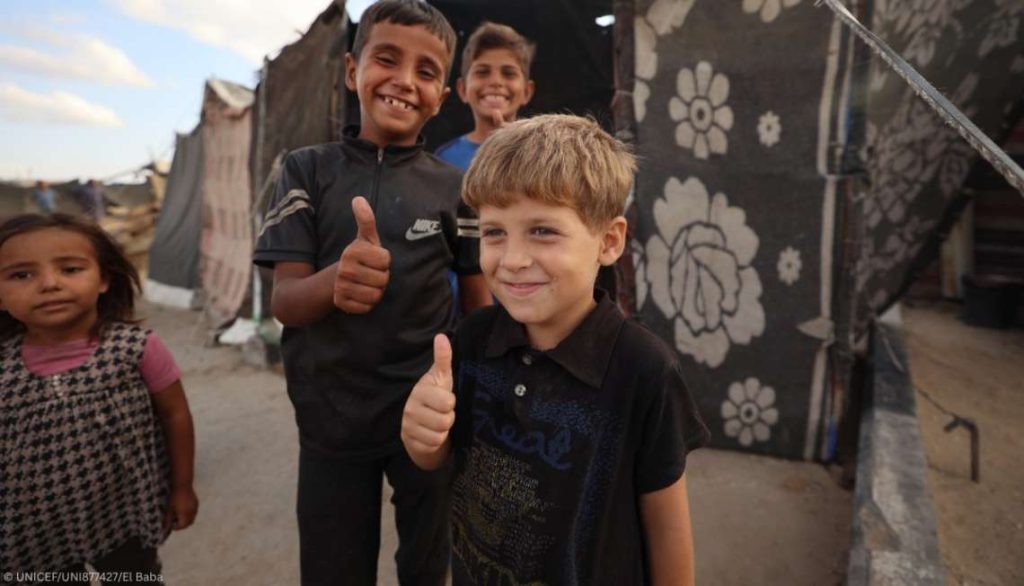
Agriculture in ruins, families in crisis
The United Nations Relief and Works Agency (UNRWA) highlighted the devastating impact of Israel’s two-year campaign on Gaza’s farmlands. “A kilo of tomatoes that once cost 60¢ now costs $15 — if found at all,” the agency said.
Many families who relied on their land for income now face severe financial hardship. While commercial goods have been moving into Gaza since the ceasefire, essential humanitarian aid and fresh food remain critically short. UNRWA emphasised: “Until Gaza’s agricultural sector can be rebuilt, there must be an unrestricted flow of aid.”
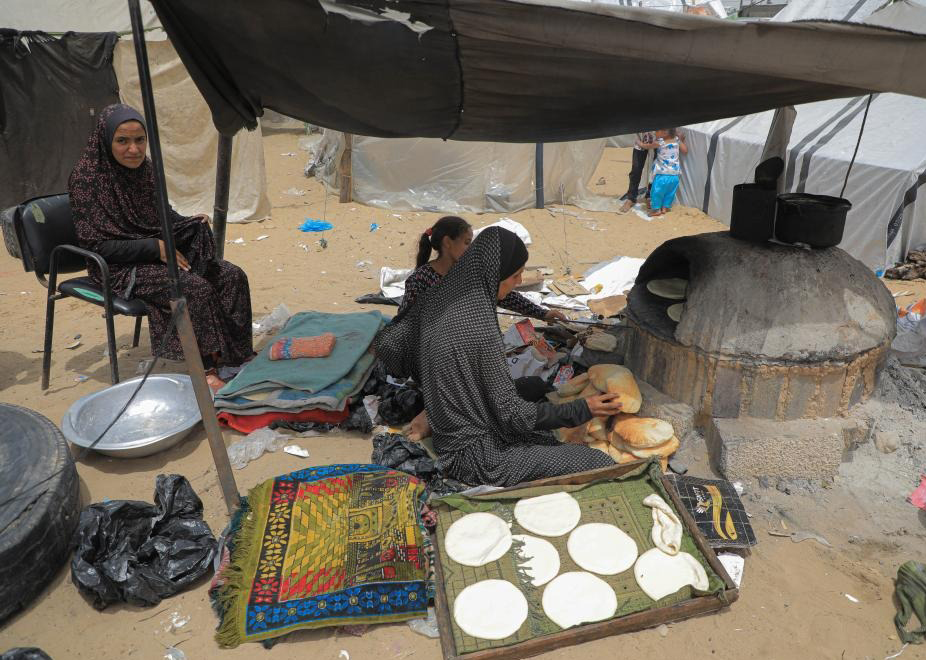
UN agencies urge stable access
The World Food Programme (WFP) stated that it currently has enough provisions to feed Gaza for three months. “To keep going — and reach everyone — we need lasting access and a stable operating environment,” a spokesperson said. “The ceasefire must hold. We cannot go back.” Despite sufficient stocks, delays and logistical hurdles threaten to leave families without the aid they desperately need.
GHF suspends operations
The US- and Israeli-backed Gaza Humanitarian Foundation (GHF) confirmed it has suspended operations following the ceasefire, despite funding through November. Its northern distribution site, SDS4, was shut down after it fell outside Israeli-controlled areas, with satellite imagery confirming the dismantling of the compound.
The GHF, which faced criticism after civilians were killed near its distribution points, expressed a desire to resume deliveries, though final ceasefire terms may restrict its operations.
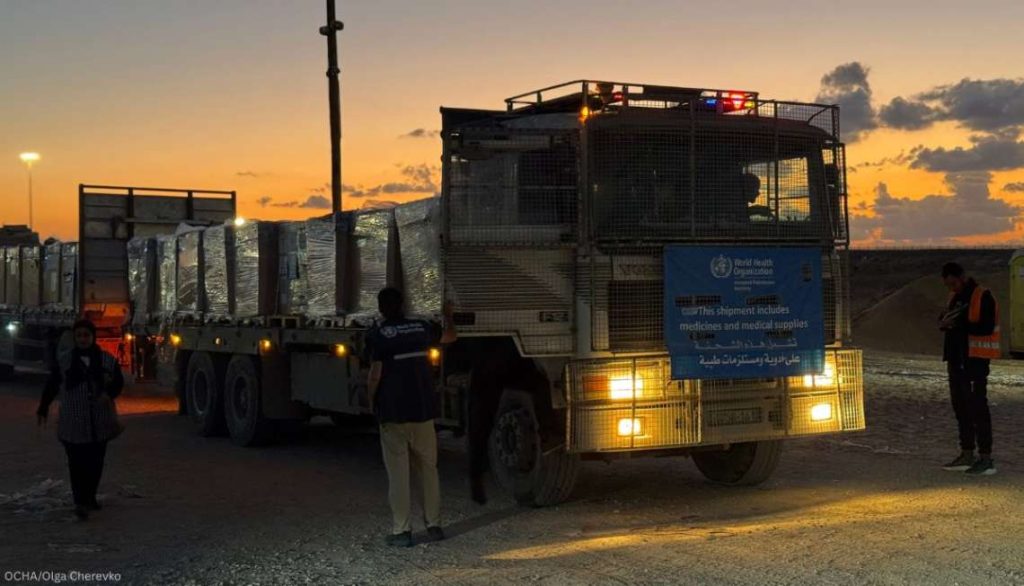
Rafah crossing remains closed
Preparations to reopen Gaza’s Rafah crossing with Egypt remain underway, but no date has been set amid disputes over ceasefire violations, hostages, and the return of bodies. A senior Hamas official accused Israel of killing at least 24 Palestinians in shootings since the ceasefire, while Israel maintains it has upheld its obligations.
Disputes over the identification of deceased hostages and access to rubble-strewn areas continue to stall progress, delaying the movement of people and goods.
With Gaza’s infrastructure heavily damaged and aid critically low, local authorities and humanitarian agencies warn that the population faces worsening food insecurity. Without immediate and unrestricted access, thousands of families risk further hardship, compounding the ongoing humanitarian crisis in the Palestinian enclave.

